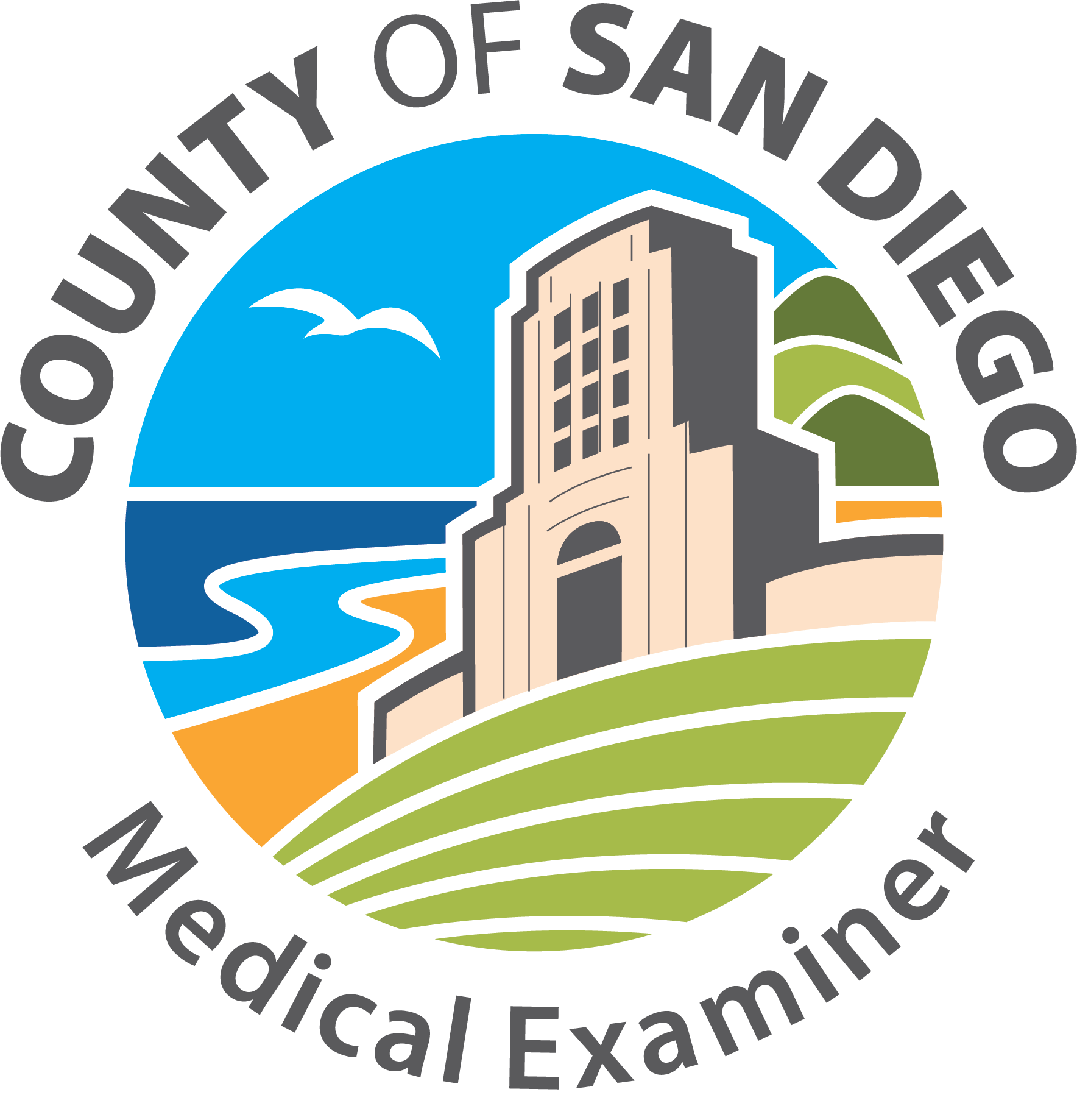Organ and Tissue Donation
We work with Lifesharing and the San Diego Eye Bank on a daily basis. They are our local organ and tissue procurement organization and eye bank. Deaths that fall under our jurisdiction require our approval for donation, and we do all that is possible to allow all possible procurement in every case where donation is desired by the family. These arrangements are made by these organizations, and if a loved one is in a position to donate and meets the requirements, they will contact you to discuss the option to donate. We encourage organ and tissue donation, and approve the vast majority of donation requests under our jurisdiction, but there are rare exceptions where limits may be placed due to the nature of the death or the involvement of law enforcement.
Organ Donation
Over 48,000 donations occur per year in the United States, and more than half of those are from deceased donors. In California, there are over 2,100 donations per year. Organs such as the heart, lungs, liver, pancreas, and kidneys can be donated and provide life to those in need. (Based on the United Network for Organ Sharing data as of February 20, 2024.)
Tissue Donation
Bone and Tendon
Bone and tendon are the most commonly donated tissues, being used in almost 2.2 million transplants per year worldwide and approximately 750,000 per year in the United States. One donor can help approximately 50 people. They can be used for treating anterior cruciate ligament (ACL) injuries, as an alternative to amputations in cancerous bone tumors, in treating gum disease, and in degenerative disorders such as arthritis. Among their advantages is no need for anti-immune drugs.
Cornea
The cornea is the clear dome shaped window over the front of the eye and its health is essential for clear vision. The most common reasons for corneal transplant are damage from certain types of lens transplant used for cataract treatment and a disease of the cornea called keratoconus. This disease primarily effects people in their 20’s and 30’s. Other needs for corneas include injuries, burns, and infections. Approximately 46,500 transplants are performed per year. Individuals from infants to those in their 70’s can donate. Only the front layer of the eye is removed during procurement.
Heart valves
The heart has four valves that keep blood flowing forward instead of backwards while the heart pumps. They are the tricuspid, mitral, pulmonic, aortic valves. Diseases such as infections, aging, and congenitally malformed valves benefit from transplantation. Human valves can be superior to the other valve options, pig (porcine) and mechanical valves because they are more resistant to infections and don’t require blood thinners. Two-thirds of people who need heart valves are under the age of 15. Newborns to those around 55 years old can donate their heart valves.
Skin
Skin transplants can mean the difference between life and death for a burn victim. It is generally felt to be better than artificial skin due to less scarring and pain and lower chance of infections. Skin can also be used for repairing defects after the removal of cancerous lesions, repair of diabetic foot ulcers, or genetic blistering lesions, among others. The skin is removed in paper thin, almost transparent layers from the back and legs and does not affect open casket viewing.
Veins and Arteries
The large vessels from the deep portions of the body (like the aorta) and the vessels of the legs are generally removed. The veins are commonly used for grafts in heart bypass surgery to bypass blocked portions of the coronary arteries due to atherosclerosis (hardening of the arteries). Vessels can be used for dialysis connections in some patients, vascular reconstruction, for restoration of blood supply in people with diabetic legs, and some aneurysms. Human transplants are preferable to synthetic grafts because they are less prone to clotting.





